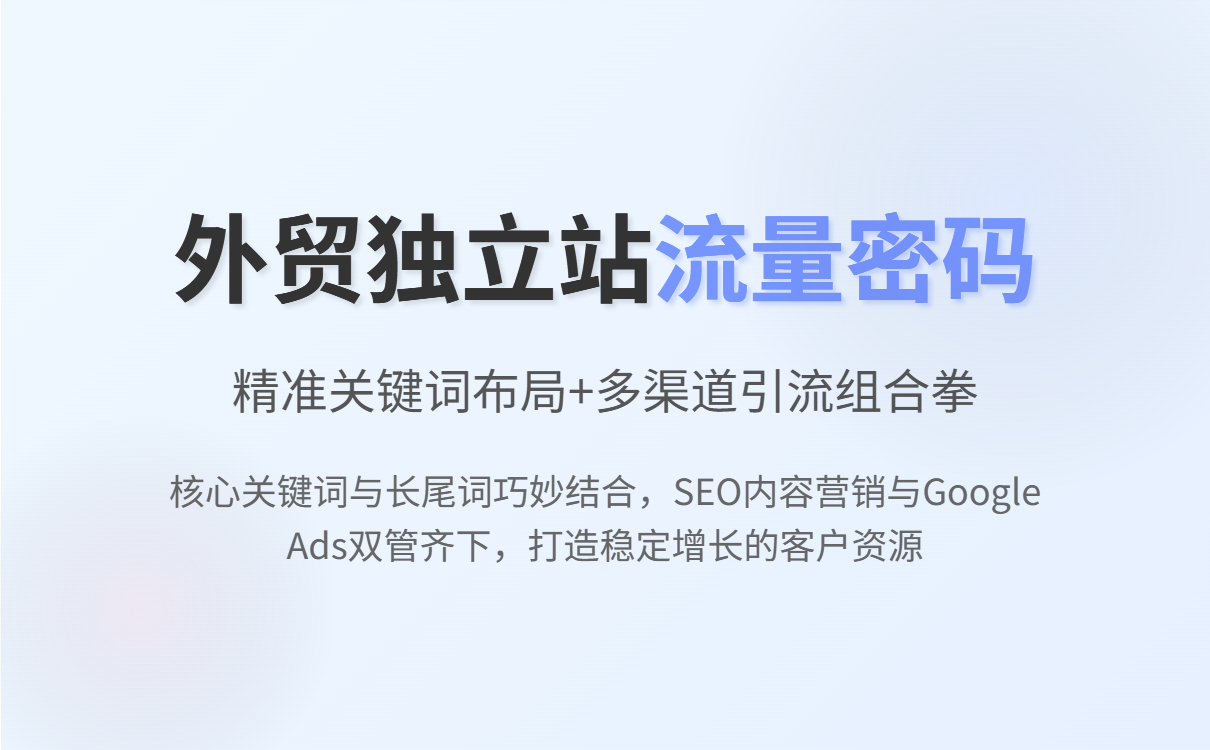
According to a 2024 report by HubSpot, over 72% of B2B buyers start their journey with a Google search. Yet, many manufacturers and exporters still struggle to rank beyond page 3 — even after building a professional website.
Here’s the harsh truth: if your site isn’t showing up on Google for relevant keywords, you’re not just losing visibility — you’re missing out on qualified leads that could convert into long-term partnerships.
Most companies fail because they treat SEO as a one-time setup task. But smart B2B brands know that SEO is an ongoing process.
Start by analyzing what competitors are ranking for — especially those already generating traffic from countries like Germany, Japan, or the UAE. For example:
| Country | Top Keyword Example | Search Volume (Monthly) |
|---|---|---|
| Germany | "industrielle maschinen für verpackung" | ~1,200 |
| Japan | "自動化包装機 業務用" | ~900 |
| USA | "high-speed packaging machine supplier" | ~3,500 |
Use tools like Ahrefs or SEMrush to track these terms monthly. Then, optimize your product pages accordingly — don’t just copy, but adapt to local language nuances and buyer intent.
Manually writing meta titles, descriptions, and alt texts for every product across 5 languages? That’s not scalable — and it’s where most teams give up.
Enter AI-powered SEO engines. With real-time keyword mapping, these systems can:
In one case study from a Chinese automation equipment supplier, implementing this approach increased organic traffic from Germany by 47% within 90 days — without adding new content.

Don’t just translate — localize. Buyers in different regions expect more than translated words; they want culturally resonant messaging.
For instance, while Americans prefer direct value propositions ("Save 30% on production costs"), Germans respond better to technical precision ("Präzise Steuerung mit 0.1mm Genauigkeit").
This means tailoring CTAs, FAQs, and even pricing strategies per market — all powered by dynamic SEO templates that update automatically when new keywords emerge.
If you're serious about scaling internationally, stop treating your website as a static brochure. Treat it as a living marketing engine.
What’s your biggest challenge with international SEO right now? Drop a comment below — we’ll help you solve it.
Ready to turn your multilingual site into a lead-generating machine?
Click here to generate SEO-friendly multi-language pages instantly — no coding required.
.png?x-oss-process=image/resize,h_100,m_lfit/format,webp)
.png?x-oss-process=image/resize,h_100,m_lfit/format,webp)

.png?x-oss-process=image/resize,h_100,m_lfit/format,webp)
.png?x-oss-process=image/resize,h_100,m_lfit/format,webp)
.png?x-oss-process=image/resize,h_100,m_lfit/format,webp)
.png?x-oss-process=image/resize,h_100,m_lfit/format,webp)
